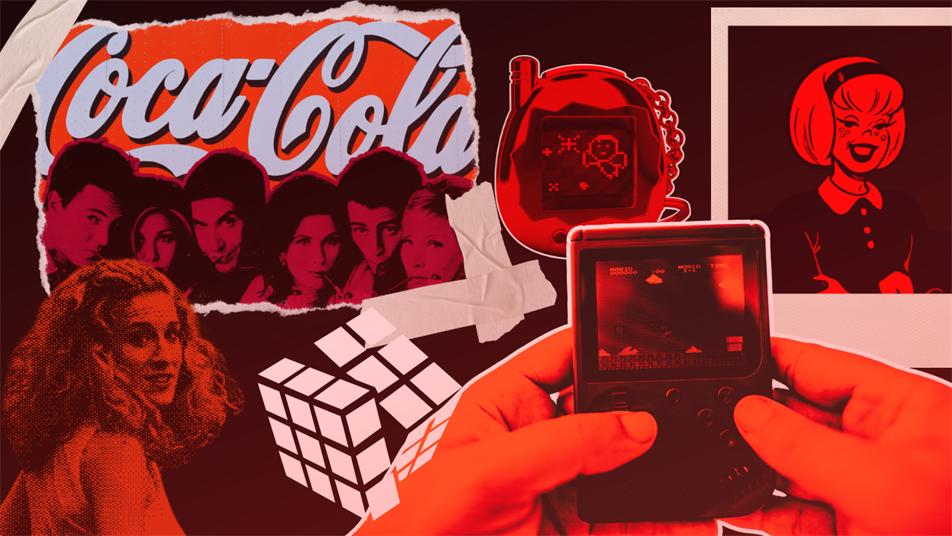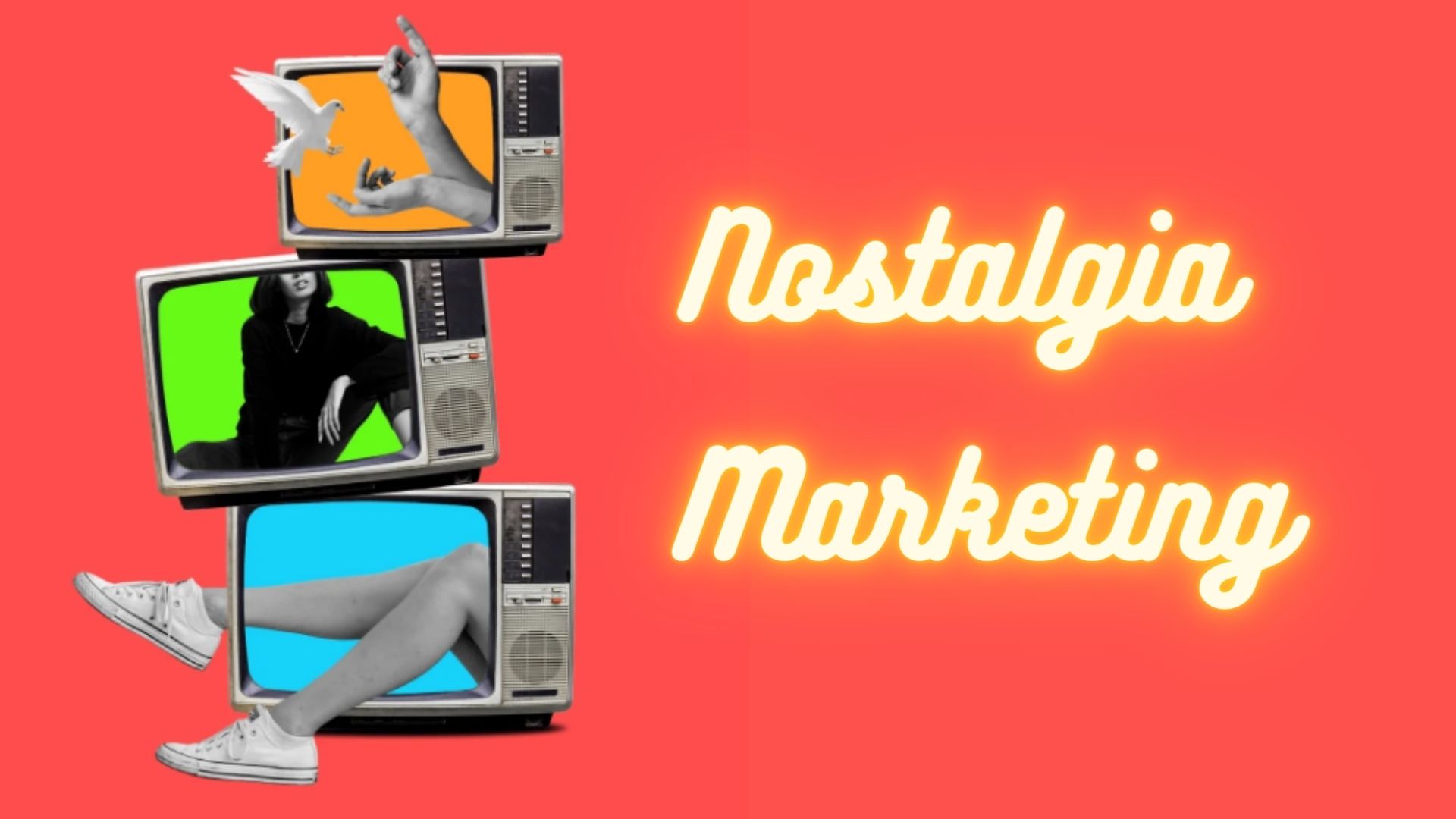The Power of Nostalgia in Modern Marketing Campaigns: Unlocking the Secrets of the Past

Nostalgia has long been a powerful force in shaping human behavior, from creating a sense of belonging and identity to influencing purchasing decisions and brand loyalty. In the realm of marketing, nostalgia has emerged as a potent tool, capable of tapping into consumers’ emotional reservoirs and generating remarkable brand recognition and sales. In this article, we will delve into the world of nostalgia-driven marketing campaigns, exploring their strategies, creative applications, and the science behind their success.
The Science of Nostalgia
Nostalgia is a complex phenomenon that has been extensively studied in the fields of psychology, sociology, and marketing. According to psychologist Daniel Levitin, nostalgia is "a bittersweet sentimental longing for the past, often tied to happy memories of childhood or a particular era" (Levitin, 2016). Nostalgia has been linked to decreased stress, improved mood, and increased feelings of well-being (Holmes & Robinson, 2012).
In marketing, nostalgia is leveraged by tapping into consumers’ emotional associations with past experiences, events, or cultural phenomena. By triggering nostalgia, brands can create a sense of familiarity, ownership, and loyalty among consumers. Nostalgia-driven marketing campaigns often appeal to consumers’ sense of shared history, collective identity, and cultural heritage.
Classic Examples: Brands That Have Successfully Leaned on Nostalgia
Several iconic brands have tapped into the power of nostalgia, resulting in significant brand recognition, customer loyalty, and sales growth. Here are a few notable examples:
- Coca-Cola: In the 2011 "Share a Coke" campaign, Coca-Cola personalized bottles with popular names, creating a Facebook-friendly experience that encouraged fans to share a coke with friends and family, reliving cherished memories of happier times.
- Old Spice: In 2010, Old Spice launched a series of vintage-inspired ads featuring Isaiah Mustafa as the Old Spice Man. The campaign resonated with men who grew up in the 1980s and 1990s, evoking memories of the brand’s iconic advertising from that era.
- Apple: In 2013, Apple released a series of nostalgic ads showcasing the launch of the Macintosh computer in 1984. The campaign celebrated the brand’s history, appealing to loyal customers who have been along for the journey.
Modern Strategies: How Brands Can Harness the Power of Nostalgia
Brands looking to tap into the power of nostalgia can employ a range of strategies, including:
- Brand Storytelling: Share stories about your brand’s history, heritage, and values. Authentic storytelling can create a sense of nostalgia, connecting consumers to the brand on an emotional level.
- Product Design: Incorporate design elements that evoke a sense of nostalgia, such as retro-inspired typography, color schemes, or packaging.
- Marketing Campaigns: Launch targeted campaigns that appeal to specific age groups or demographics, leveraging shared memories and nostalgic sentiment.
- Influencer Marketing: Partner with social media influencers who have a strong connection to the brand or a nostalgic affinity for a particular product or era.
- Experiential Marketing: Create immersive experiences that evoke nostalgia, such as pop-up museums, retro-themed events, or interactive exhibits.

The Rise of Retro Revivalism
Retro revivalism, a cultural phenomenon characterized by the resurgence of nostalgia-driven themes, has become increasingly prominent in modern marketing. This trend is fueled by the rise of social media, which has created a shared space for consumers to engage with nostalgia, co-create experiences, and join in on popular trends.
In this context, brands can tap into retro revivalism by:
- Celebrating Iconic Events: Commemorate historic events, anniversaries, or cultural phenomena that hold nostalgic significance for consumers.
- Immersive Storytelling: Develop immersive, interactive experiences that transport consumers back in time, evoking memories and emotions associated with the past.
- Vintage-Inspired Packaging: Incorporate retro-inspired design elements, such as classic typography, vintage imagery, or retro color schemes, into packaging and branding.
Metrics and ROI: Measuring the Effectiveness of Nostalgia-Driven Marketing
To gauge the impact of nostalgia-driven marketing campaigns, brands can track key metrics, such as:
- Sales Lift: Monitor the increase in sales or revenue generated by nostalgia-driven campaigns.
- Website Traffic: Analyze increases in website traffic, social media engagement, or email open rates following the launch of nostalgia-driven campaigns.
- Survey and Feedback: Conduct market research or gather feedback to assess the emotional resonance of nostalgia-driven marketing initiatives.
- Return on Ad Spend (ROAS): Calculate the return on ad spend for nostalgia-driven campaigns to determine their overall effectiveness.
Conclusion: Unlocking the Secrets of the Past
The power of nostalgia in modern marketing campaigns is undeniable. By tapping into consumers’ emotional associations with the past, brands can create a sense of familiarity, ownership, and loyalty. Classic examples of brand success, such as Coca-Cola, Old Spice, and Apple, demonstrate the effectiveness of nostalgia-driven marketing.
Brands looking to unlock the secrets of nostalgia can leverage a range of strategies, including brand storytelling, product design, marketing campaigns, influencer marketing, and experiential marketing. The rise of retro revivalism offers an exciting opportunity for brands to ride the wave of nostalgia-driven trends and connect with consumers on an emotional level.
So, what’s next? Share your own experiences with nostalgia-driven marketing campaigns, and let’s continue the conversation on the power of nostalgia in modern marketing. Share this article with a friend, colleague, or family member and encourage them to tap into the power of nostalgia in their marketing endeavors.
References:
- Holmes, E. A., & Robinson, N. (2012). Social identity and the future of human nature. Oxford University Press.
- Levitin, D. J. (2016). The world in six songs: how the intimate narratives of ignorance led us to the brink of genius. Penguin Press.
- Vohs, K. D., Redden, J. P., & Rahinel, R. (2011). Physical order produces healthy choices, generosity, and conventionality, whereas disorder produces creativity. Psychological Science, 22(1), 48-53.


